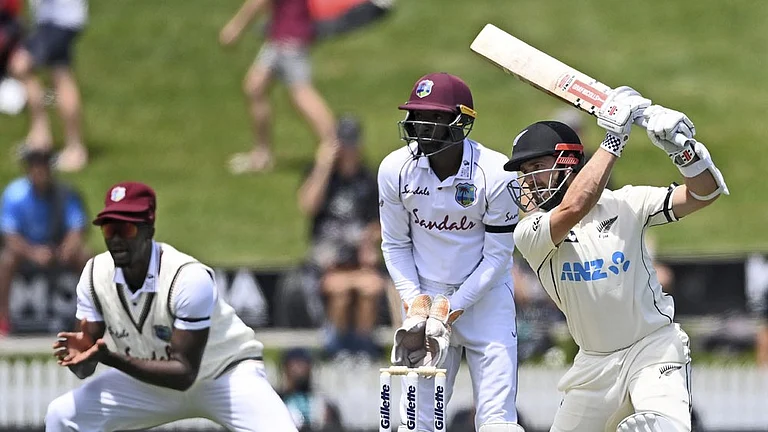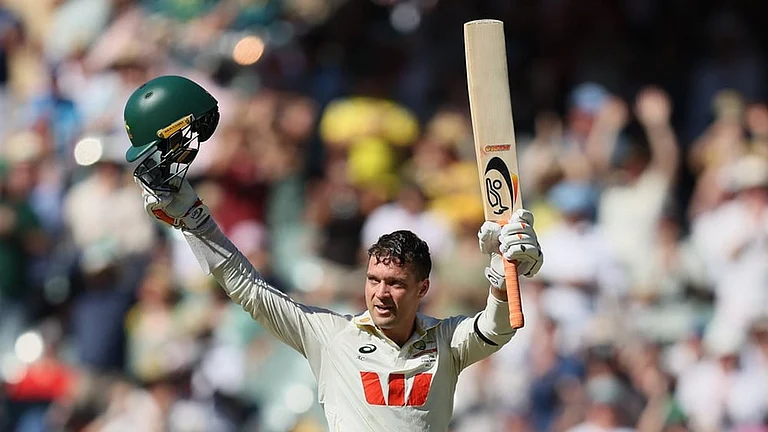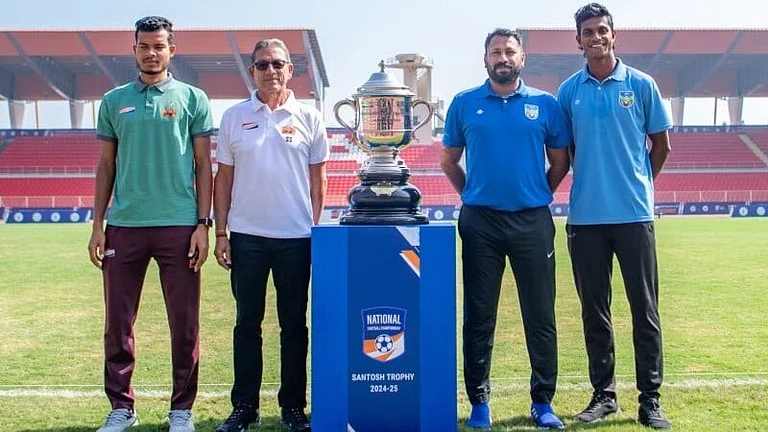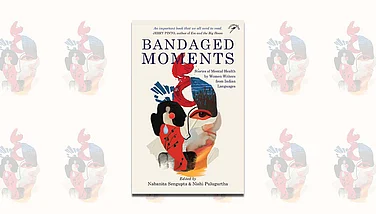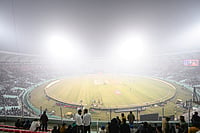My major grouse with this book, which to my mind is inexcusable, is the absence of any new article. Not only has a lot transpired in the world of Bharatanatyam in the last decade-and-a-half, but very important revised historical perspectives have also emerged which cannot be put on hold. Documentation of Bharatanatyam is not about collecting the most recent and glamorous photos of dancers, but also about how they position themselves vis-a-vis their art, and more so how they interpret it.
Sunil Kothari has been an active participant and organiser of seminars and conferences devoted to the problematics of representation, construction and cosmeticisation of Bharatanatyam. And given this, the choice of bringing out a second edition with an extravagantly revamped design, but with no additional textual content, is all the more baffling.
Bharatanatyam was a well-researched and informative book for 1979, when it was first printed. The chapters under Natya-Bhagavata Mela Nataka and the Kuravanji Dance-Drama offer particularly interesting anecdotes and historical details which afford the reader a palpable engagement. However, the chapters on the more stylised aspects of nritta (technique) and the more subjective aspect of nritya (emotive dance) fail to escape the pedantic mode.
Mulk Raj Anand's opening chapter, In Praise of Bharatanatyam, is in keeping with the sentiment of the time when this book was first written. He is both effusive and patronising as he envisions "the refulgence of miracles in the arts that may rescue beauty from...the vulgarity of the frivolous buffet parties to the tabernacle of the individual soul." These are period statements which contributed lavishly to the reconstruction of the art as well as its high-art sensibility. In that, they are precious and should be viewed just as that. But to present them in '97 without counter-juxtapositions is not only misleading but also regressive.
We cannot overlook Kothari's extensive scholarship and his generous contribution, not only to Bharatanatyam, but to the cause of all classical Indian dance. But I am afraid that the unrevised history of Bharatanatyam that he has chosen to reprint has been too deeply penetrated and fractured in the last decade-and-half. It has been layered with insights and interpretations, some even ignominious, that we can no longer omit or circumvent.
The metre of Kothari's writing is quick, tight and terse. It keeps the attention breathlessly buoyant as the reader is swiftly inundated with tightly arranged chronologies of information: historical, artistic, biographic, technical. In a way, it is analogous to being whisked through a seamless 'culture' tour with pat, quick and successive explanations and images—a packaged haste that detracts a more ponderous enquiry. In a way, both the text and the images skillfully wrap, or rather seal, Bharatanatyam with an eagerness to inform the reader, yet keep him/her at bay.
Histories aside, I don't think it would have been such a momentous impossibility to include the voices of Chandralekha and other established dancers who are trying to forge new dimensions in Bharatanatyam. If nothing else, quotes from the dancers listed in the Contemporaries section could have been included along with their biographies. The interpretations and inner negotiations that we dancers make to personalise this art form are far more pertinent, insightful and interesting than the didactic inventory listings of hastas and talas. color="#FF0000">E X C E R P T
THE Bhagavatar sung a song in Bhopali Raga...one most appropriate for the morning and the mood of the early dawn.... Sometimes the dancer wearing the mask falls into a trance and remains motionless, when the mask is removed. Water is then sprinkled on him and he resumes his normal state. Once again the benedictory verses are recited. This is one of the most fascinating spectacles of our living theatre.
As a dancer, I feel that we should address this picture-postcard projection of our art simplified and categorised, because it encroaches upon that porous, interactive space between dancer and viewer wherein the possibility of meaning lies. Such presentations further encase the world of dance within a circle of self-sufficiency and self-flattery, just what it needs to break out of. And give the already ostentatious Bharatanatyam dancer all the more rope to hang. Not to include the voices of dancers, especially the discordant ones, is to force the form to remain picture-perfect and sealed; once again consigning the Bharatanatyam dancer to bear the cross of lost glory and to be confined to perpetual incompleteness. Without the inclusion of new interpretations and histories, the texts in this book are grossly incomplete and by no means warrant a second edition, let alone a lavish one.
Of course, we dancers appreciate that there are forums that are willing to invest sizeable amounts of resources and energies to bring out books like this which grant us exposure. But we also need these forums to be meaningful, generative and resonant. Unfortunately, this edition serves as a very flat, who's who of Bharatanatyam. For a Bharatanatyam dancer, it holds little meaning beyond whether she or he has been featured in it. For others, it may serve as a colourful directory of some Bharatanatyam dancers, and of course, a decorous item of coffee-table talk.







